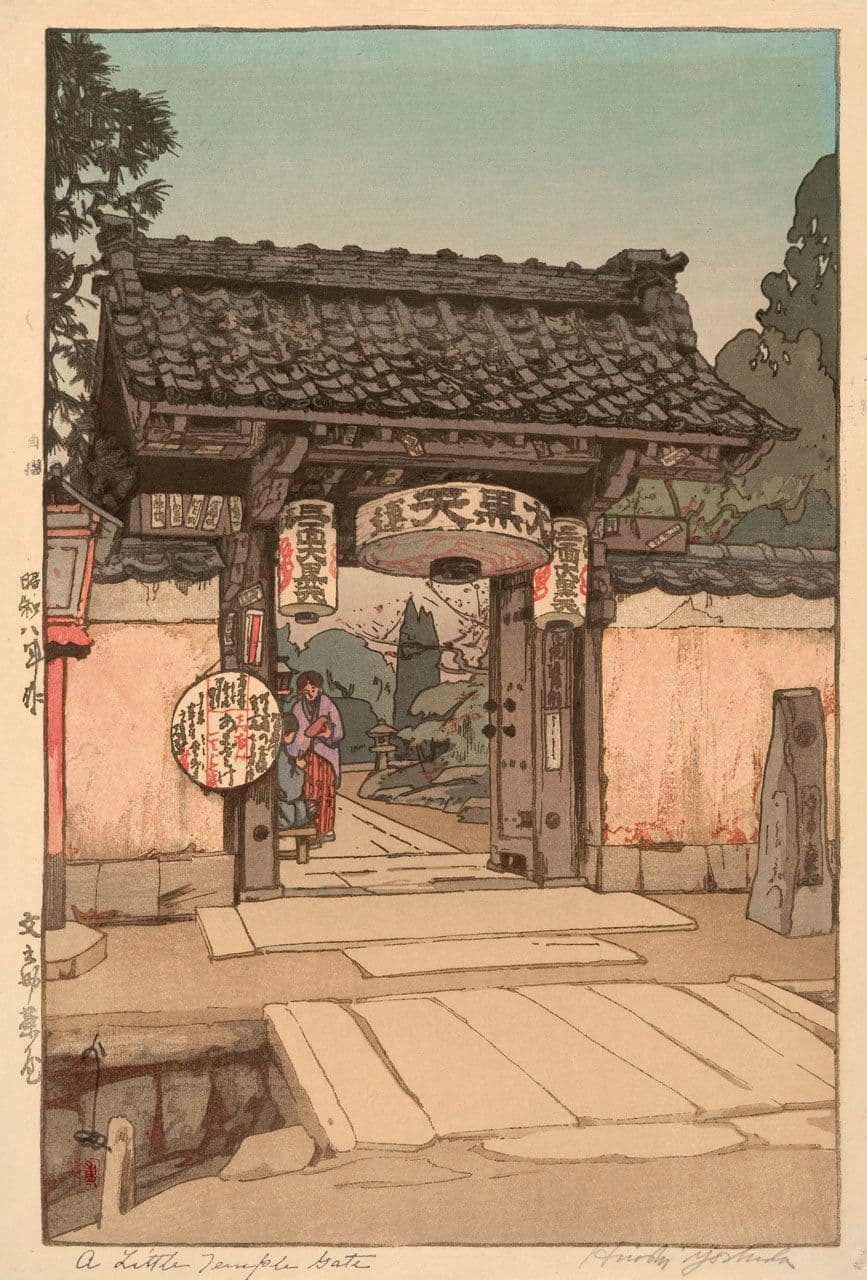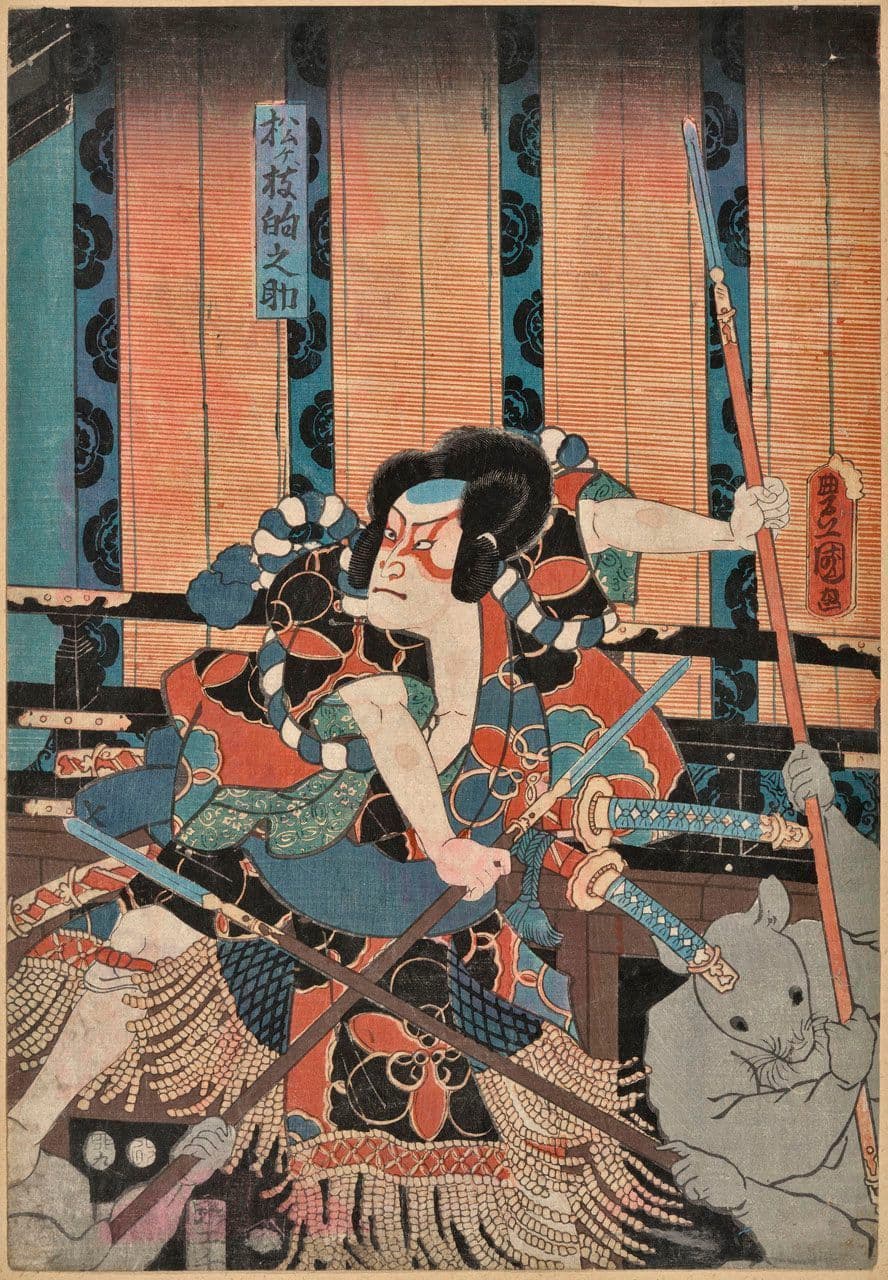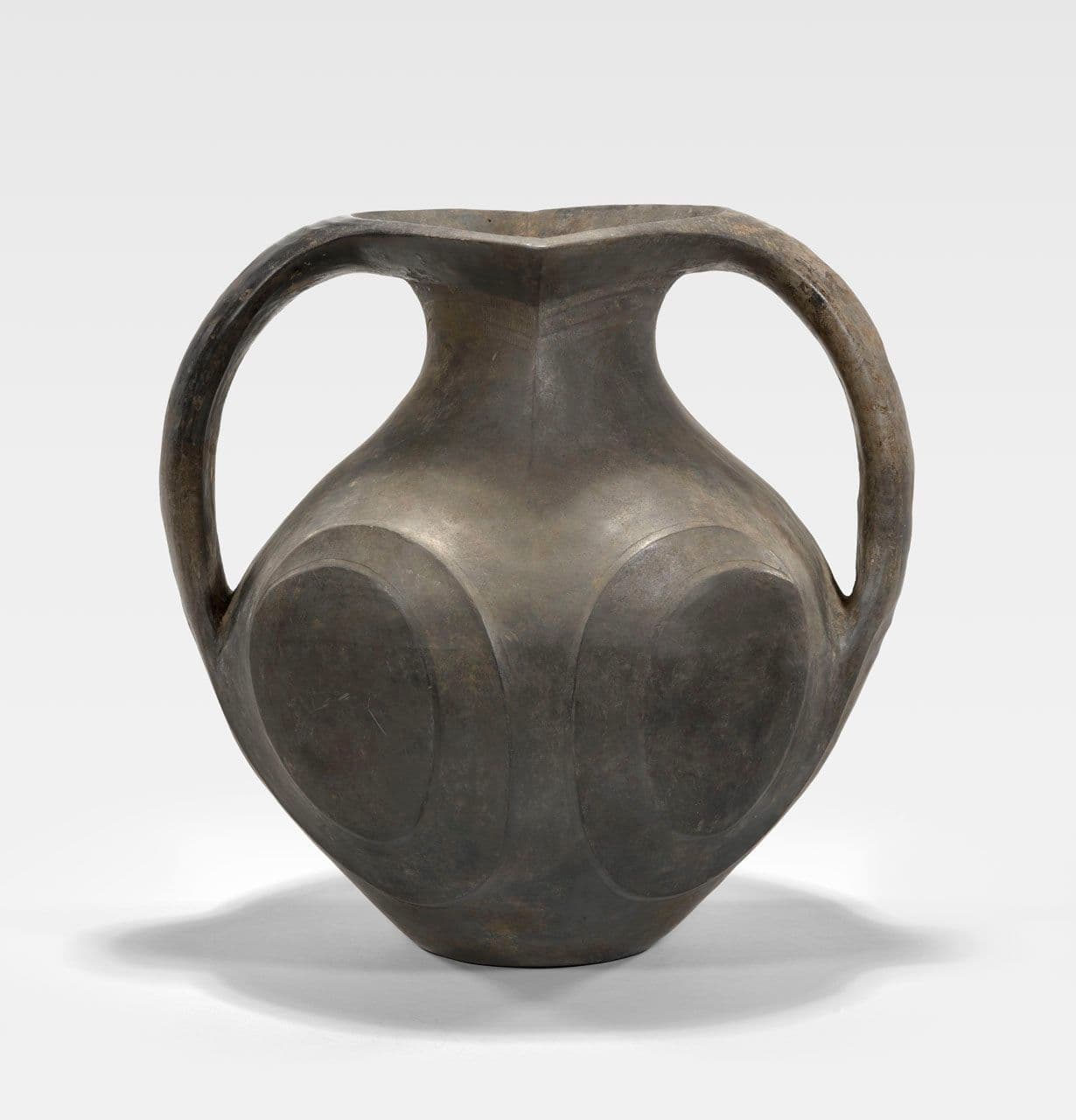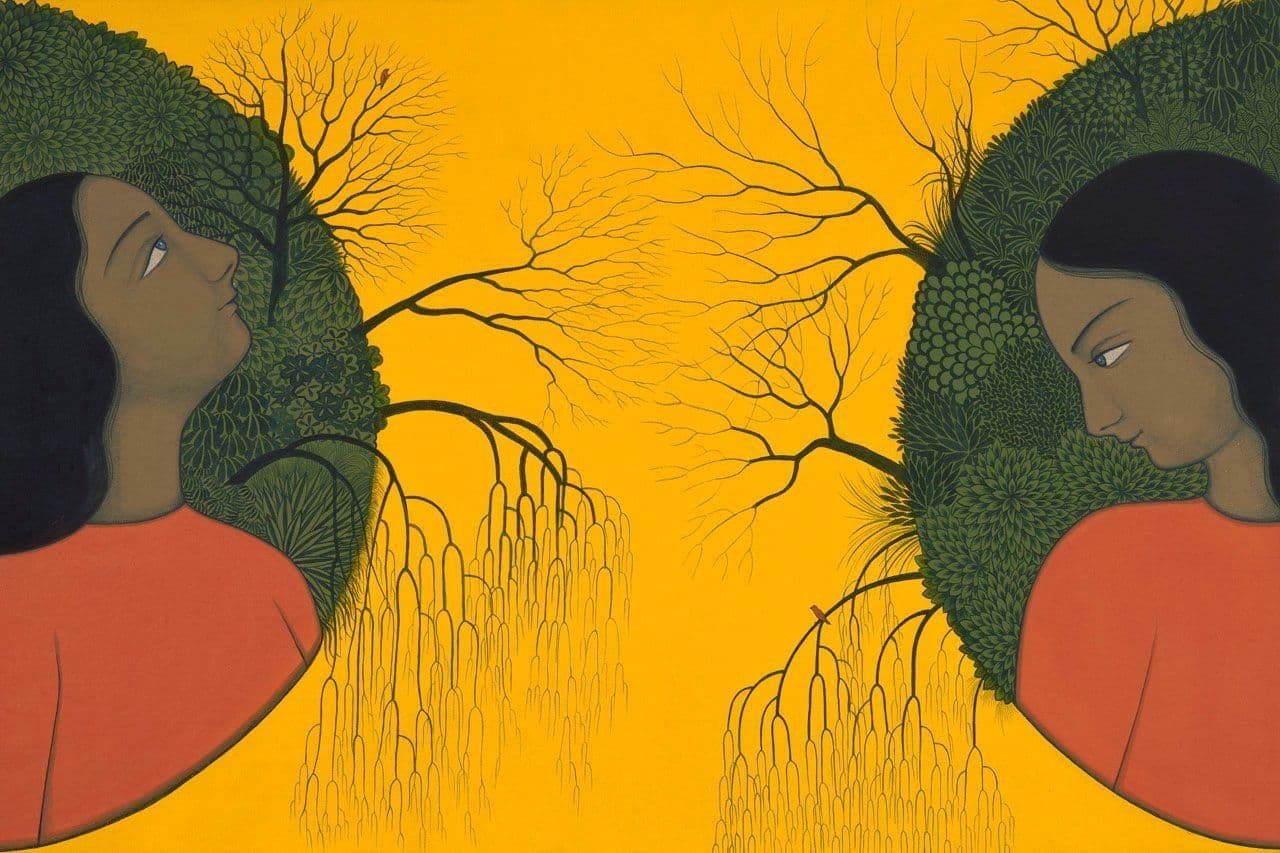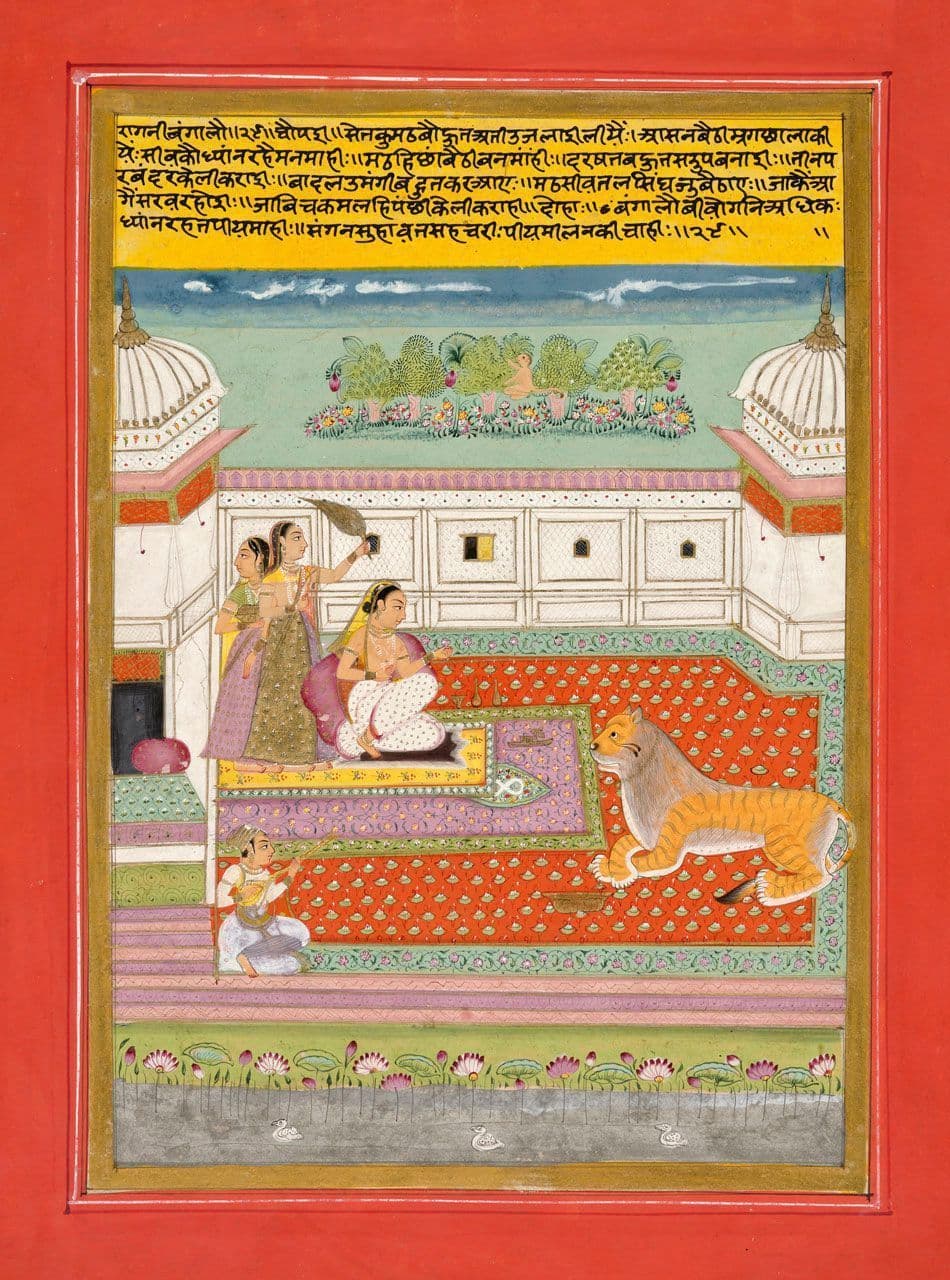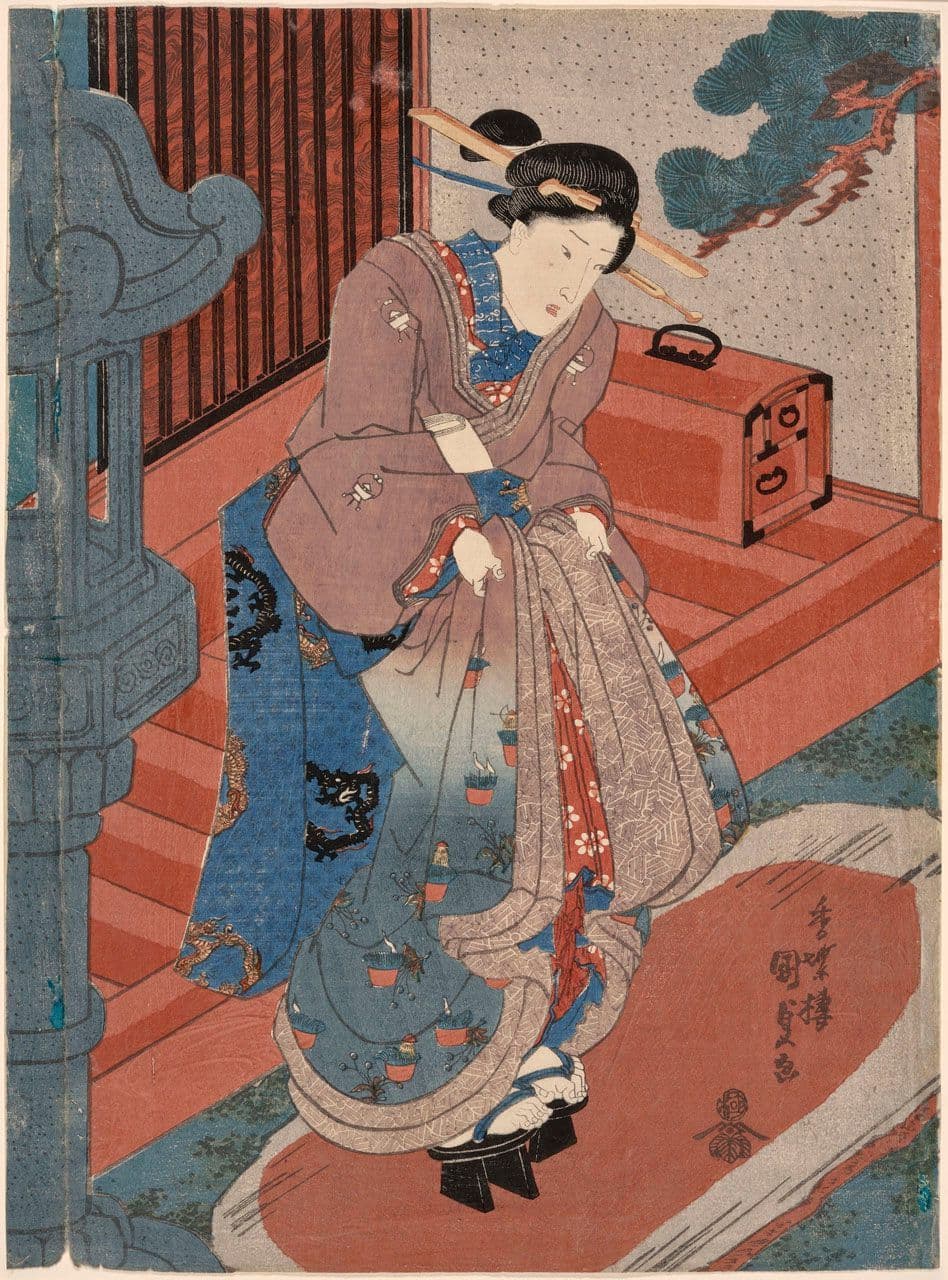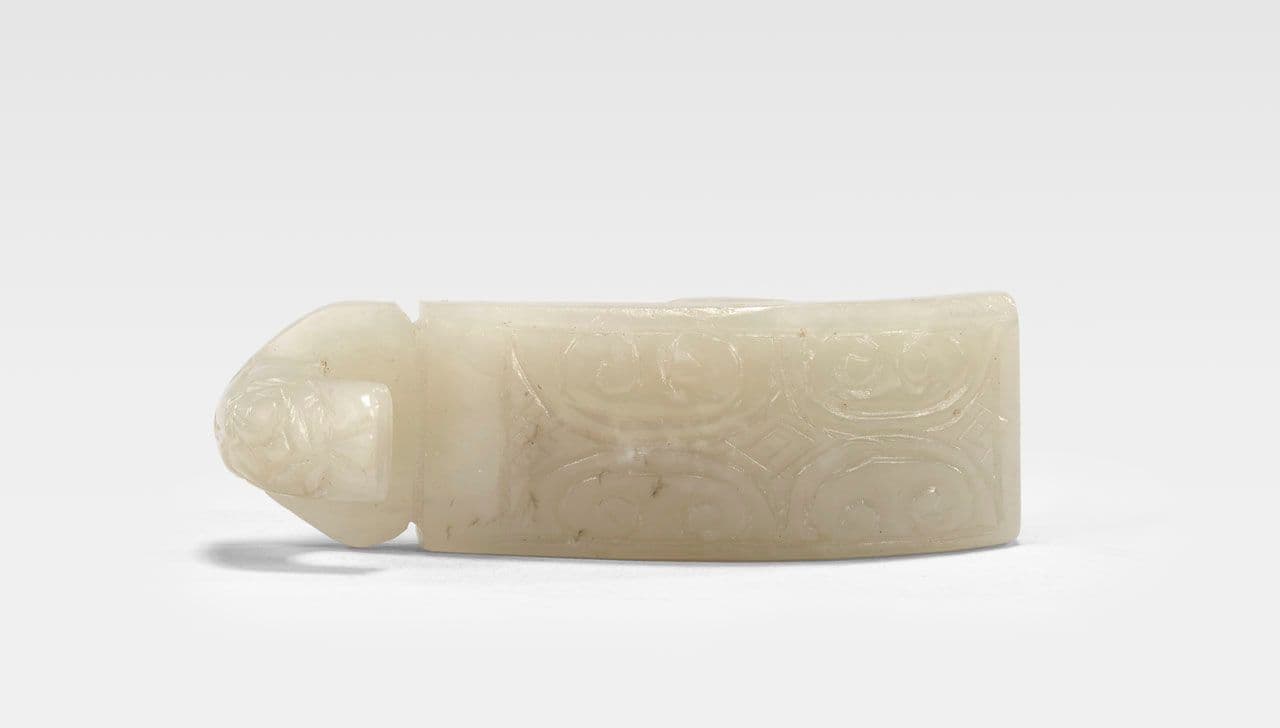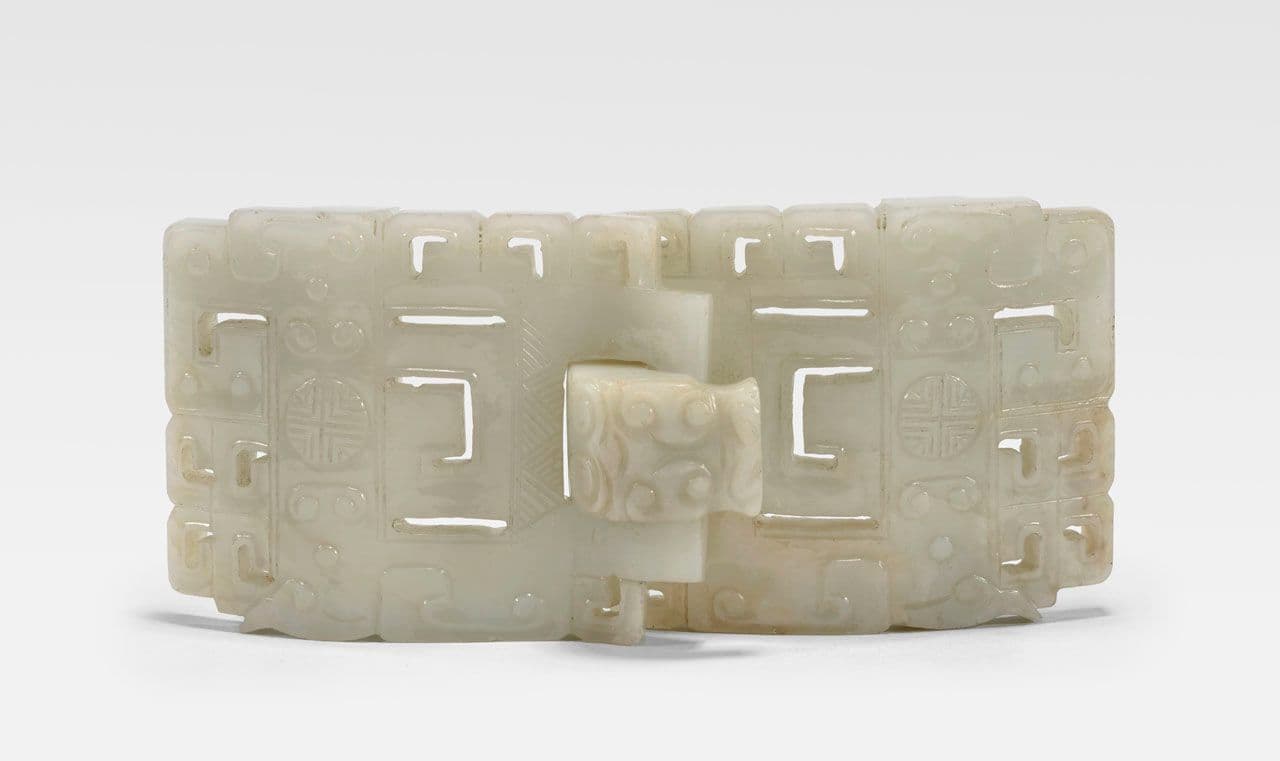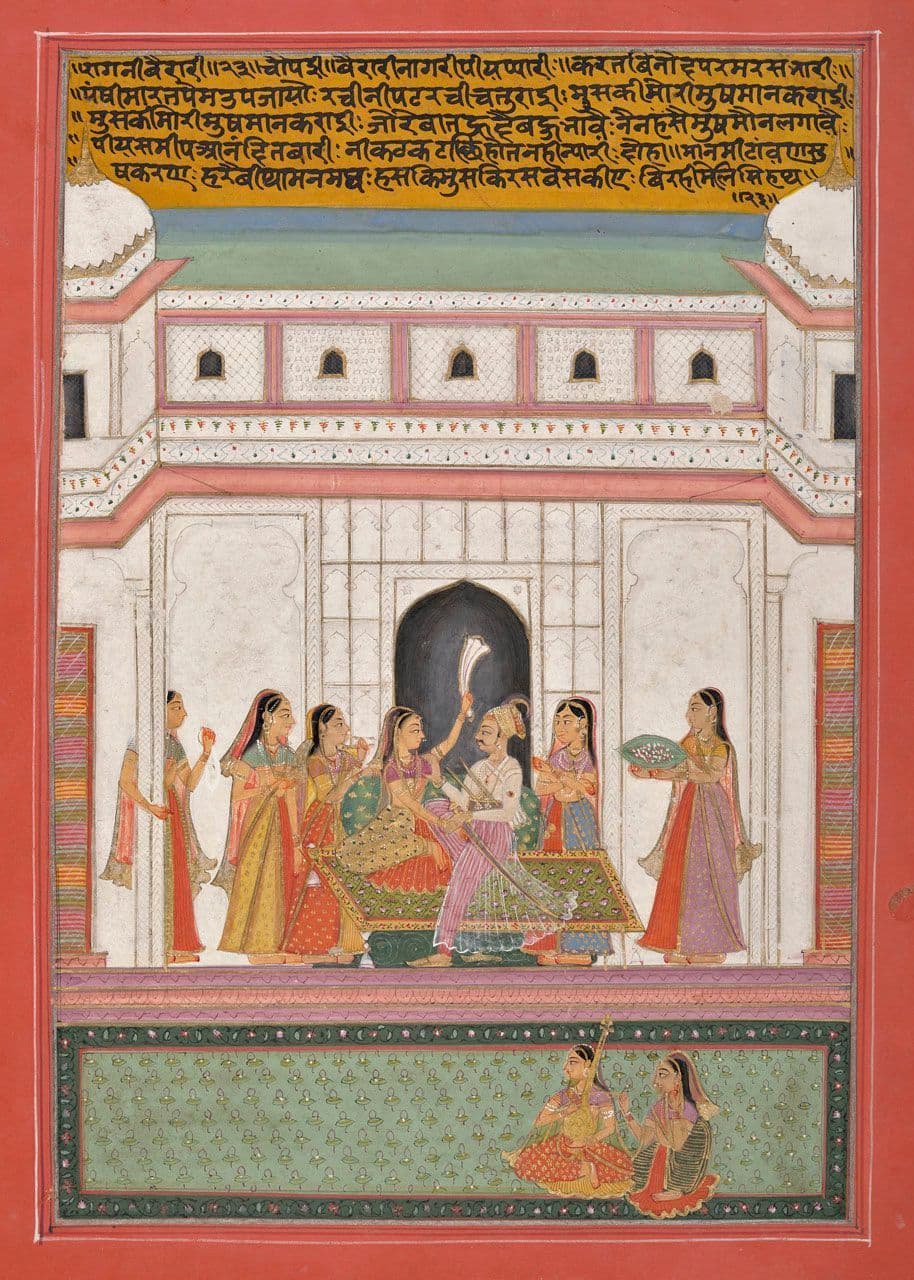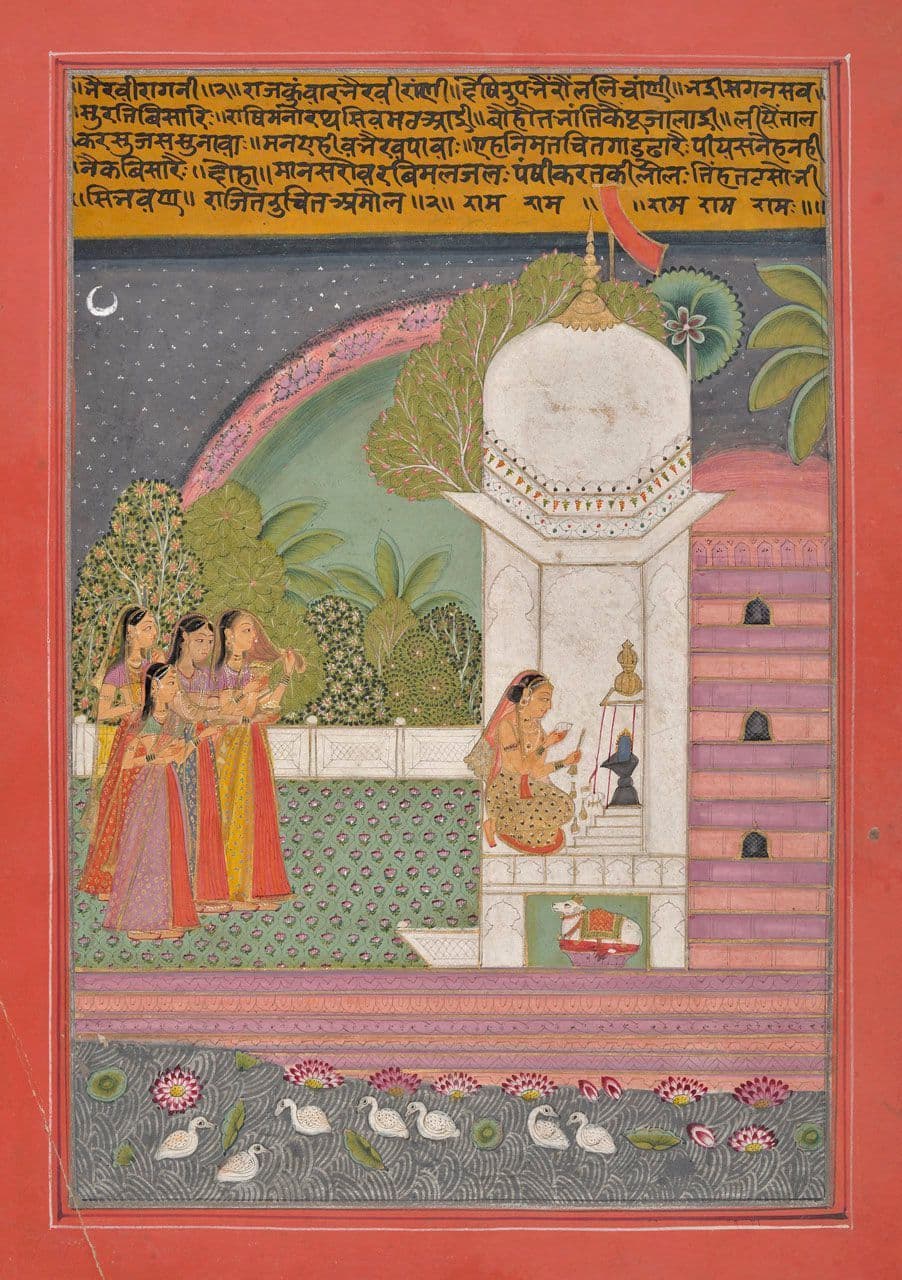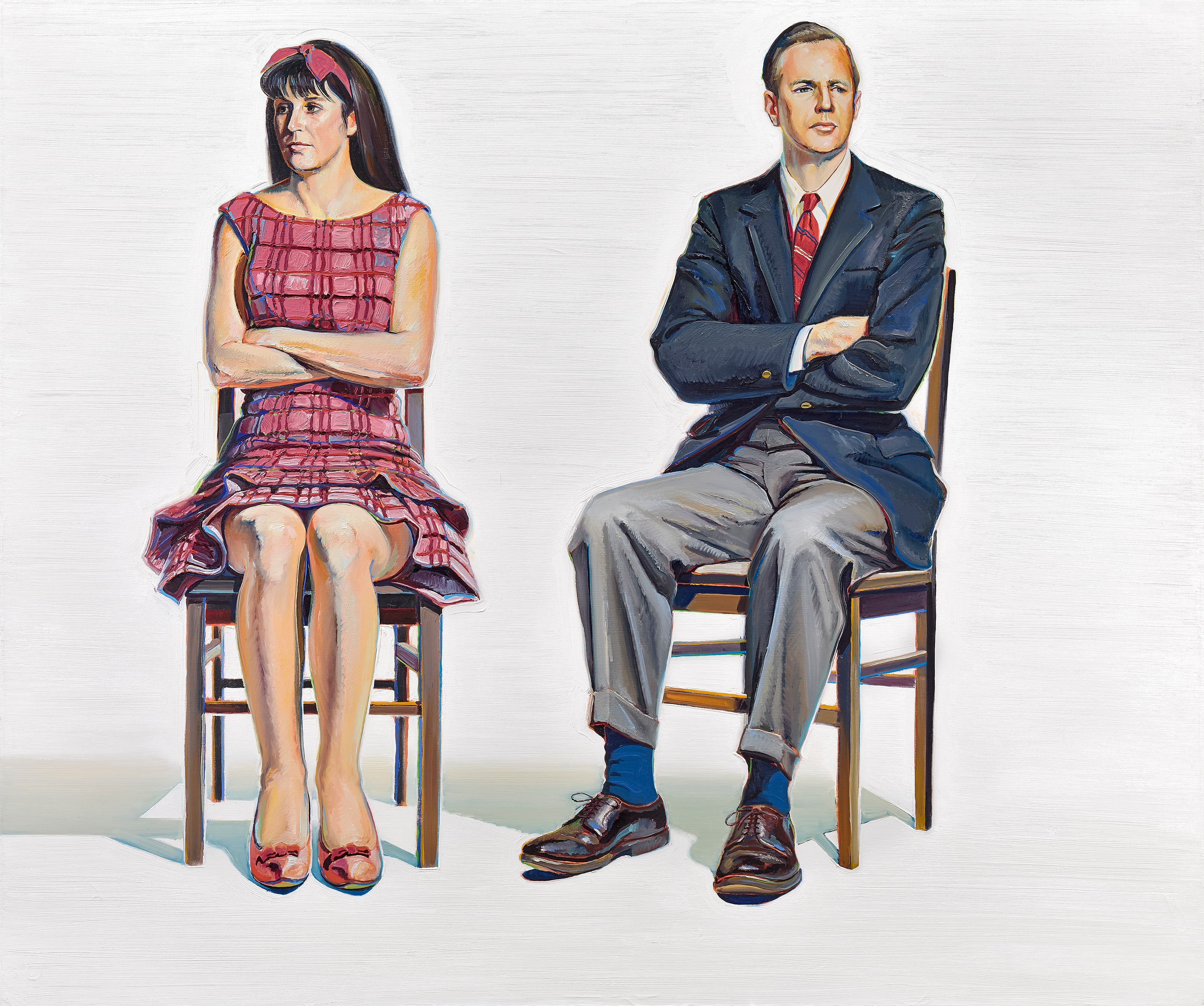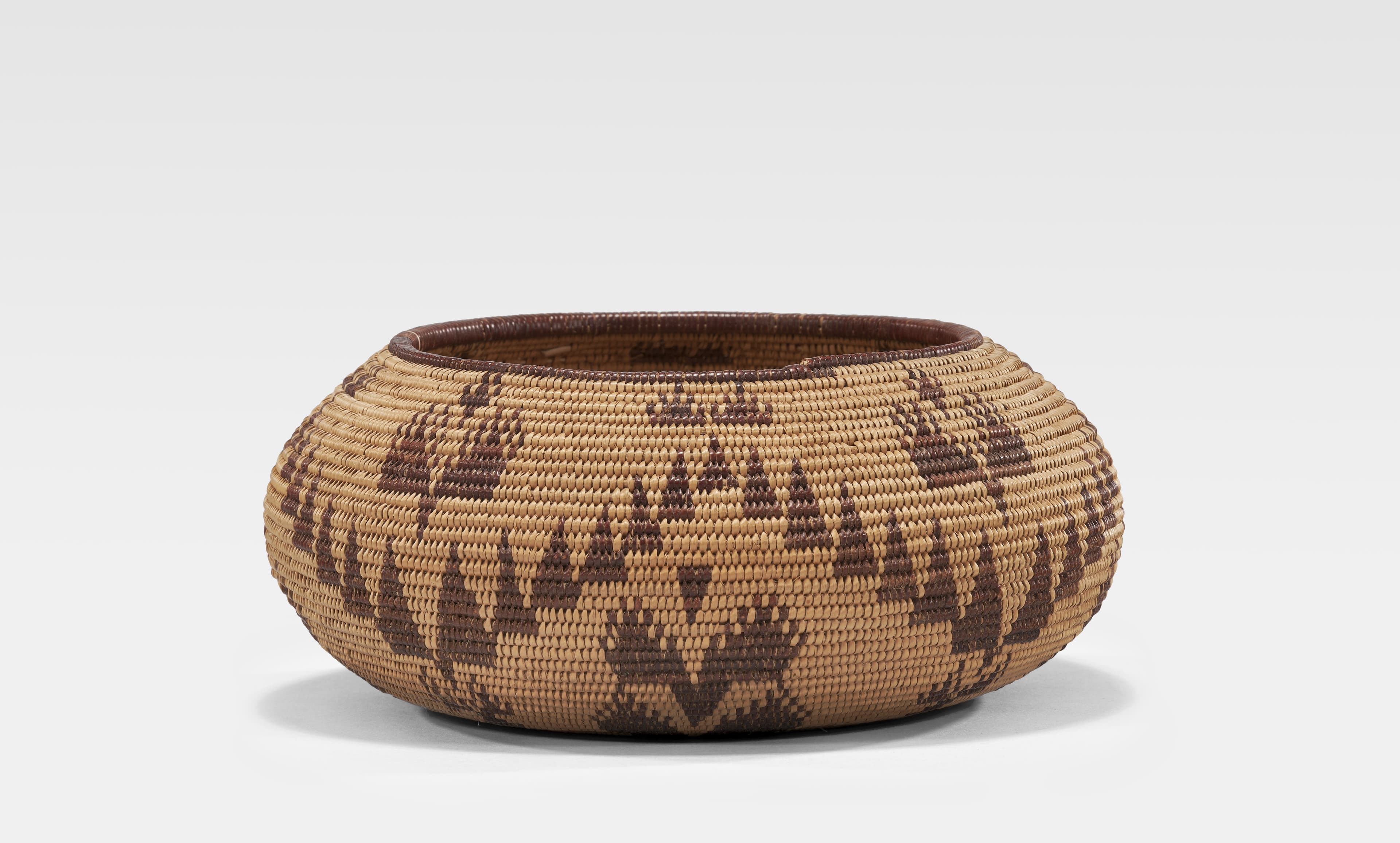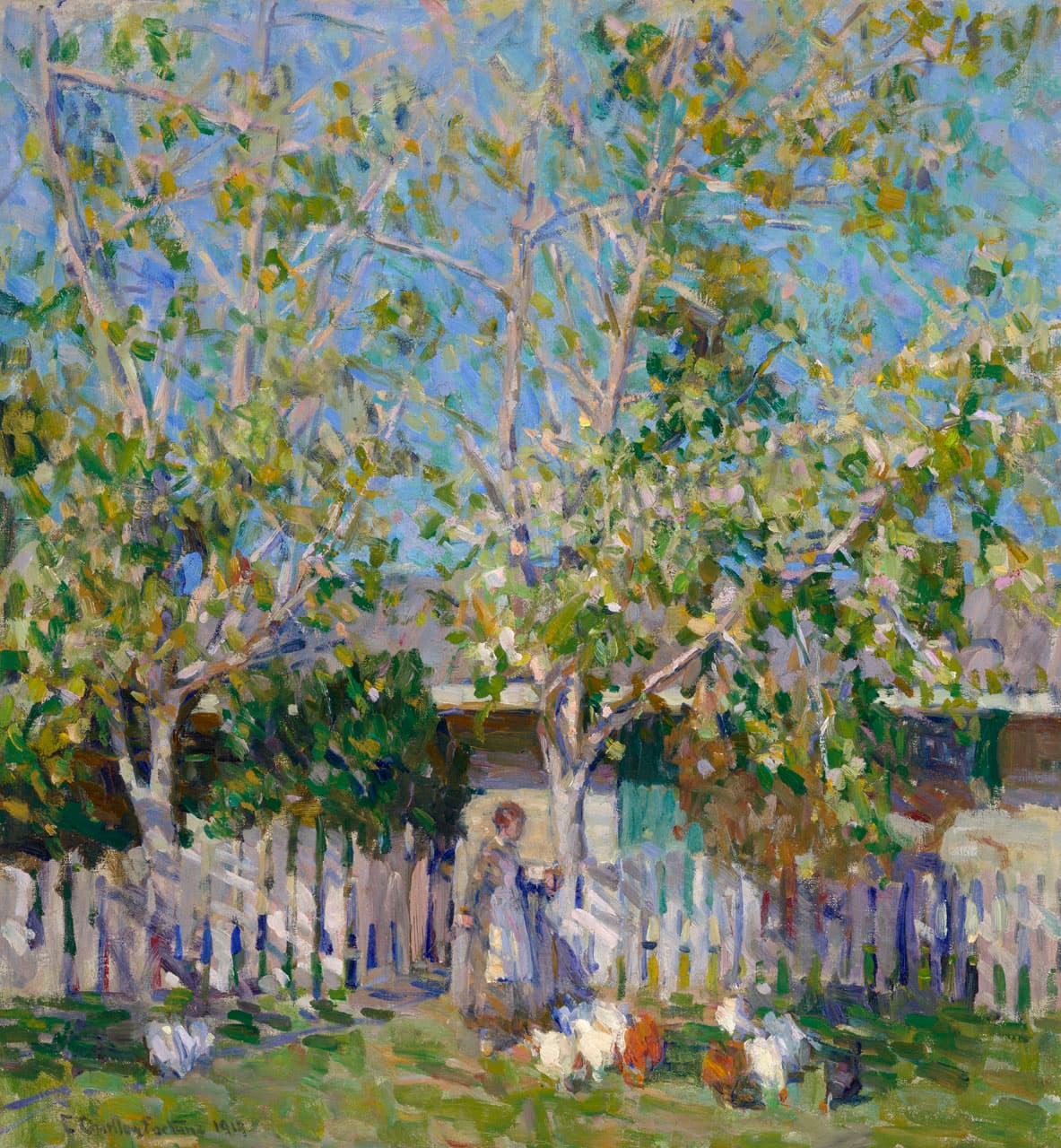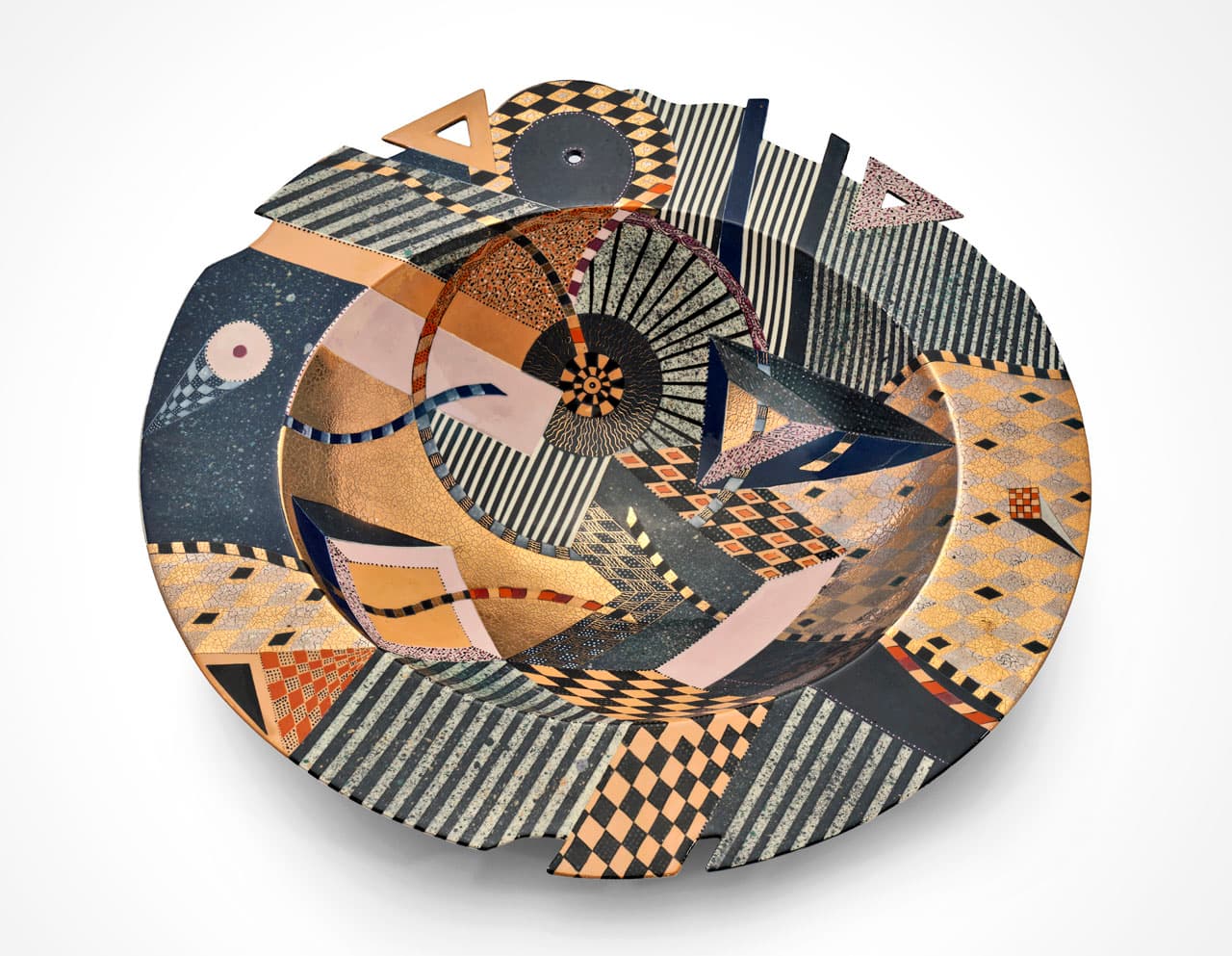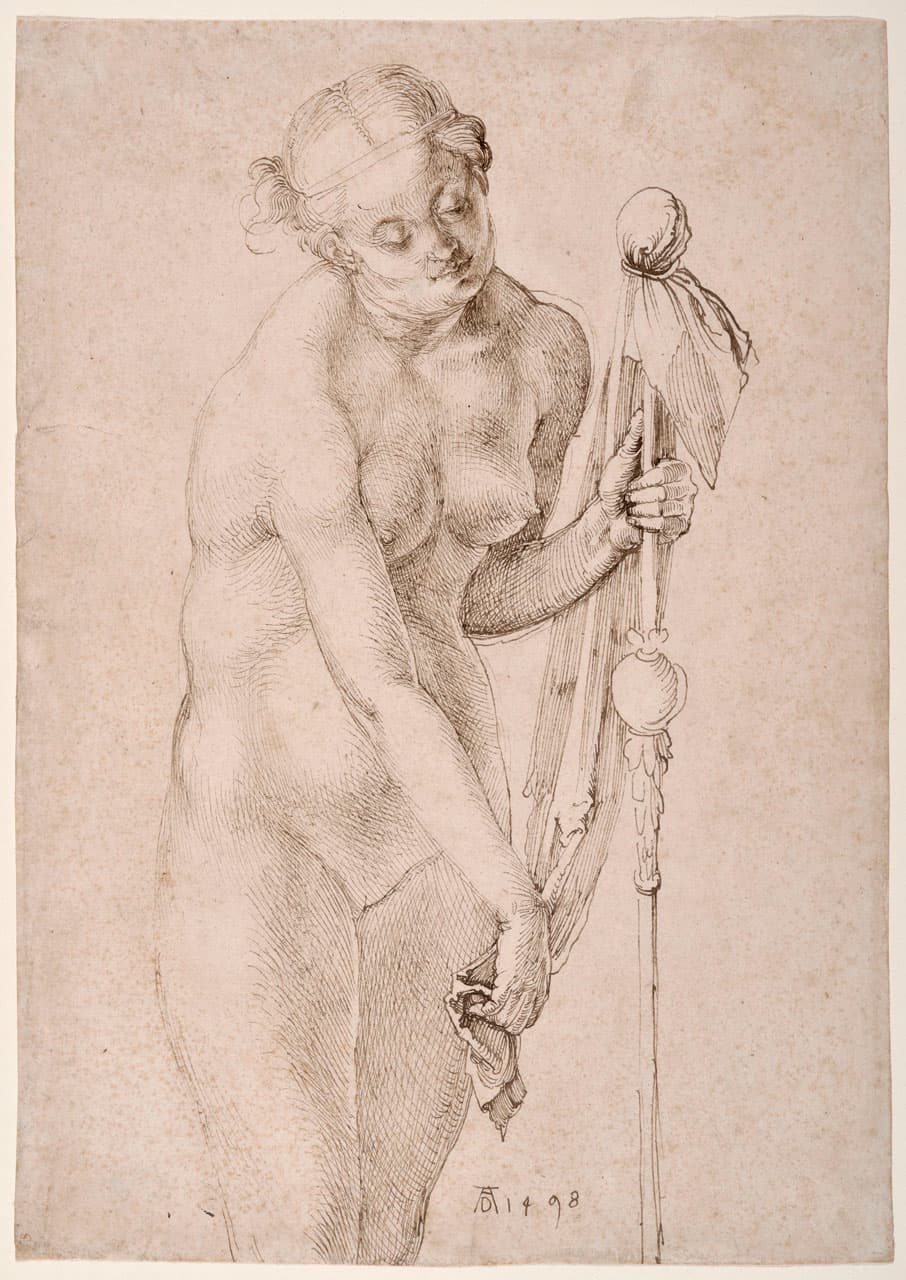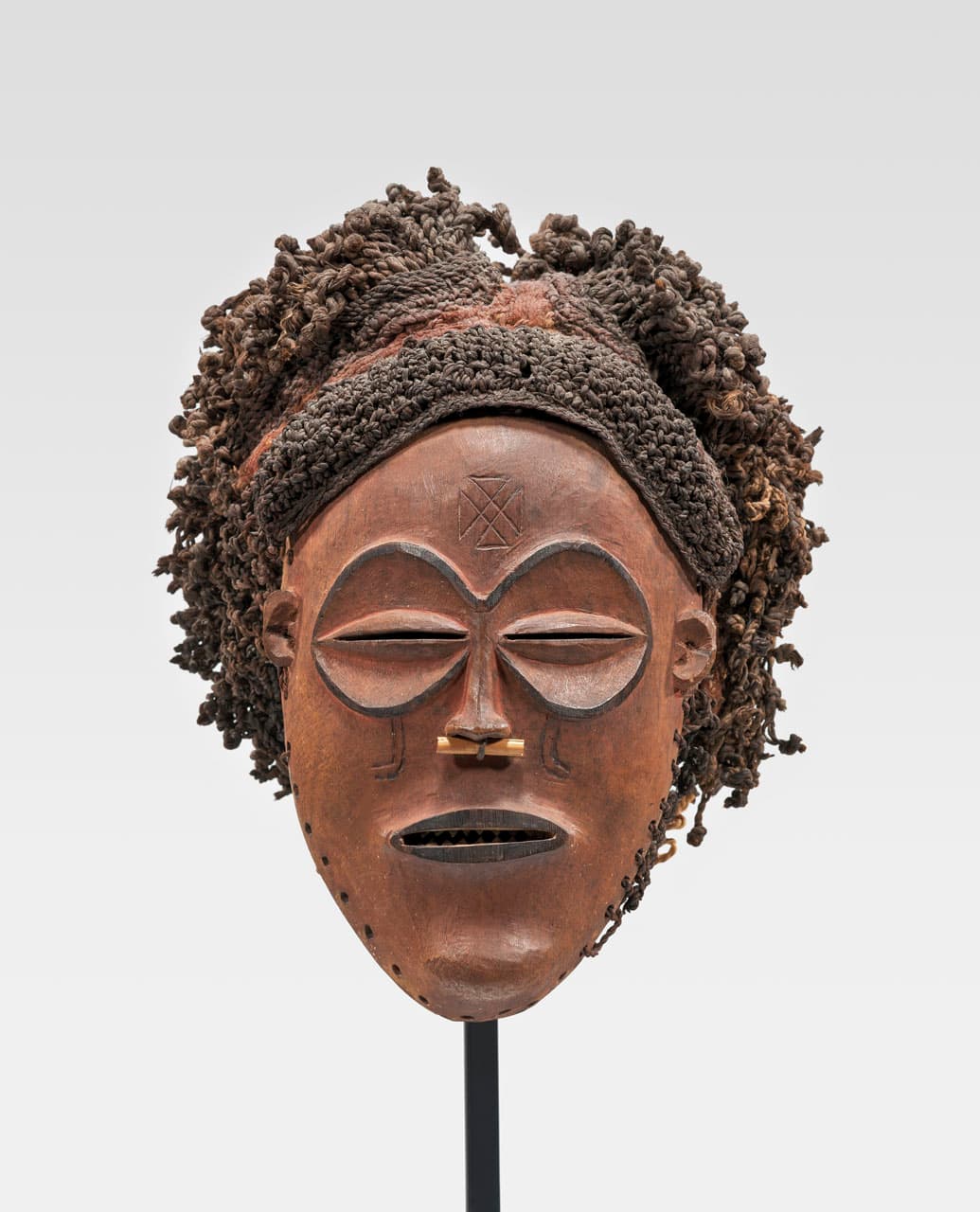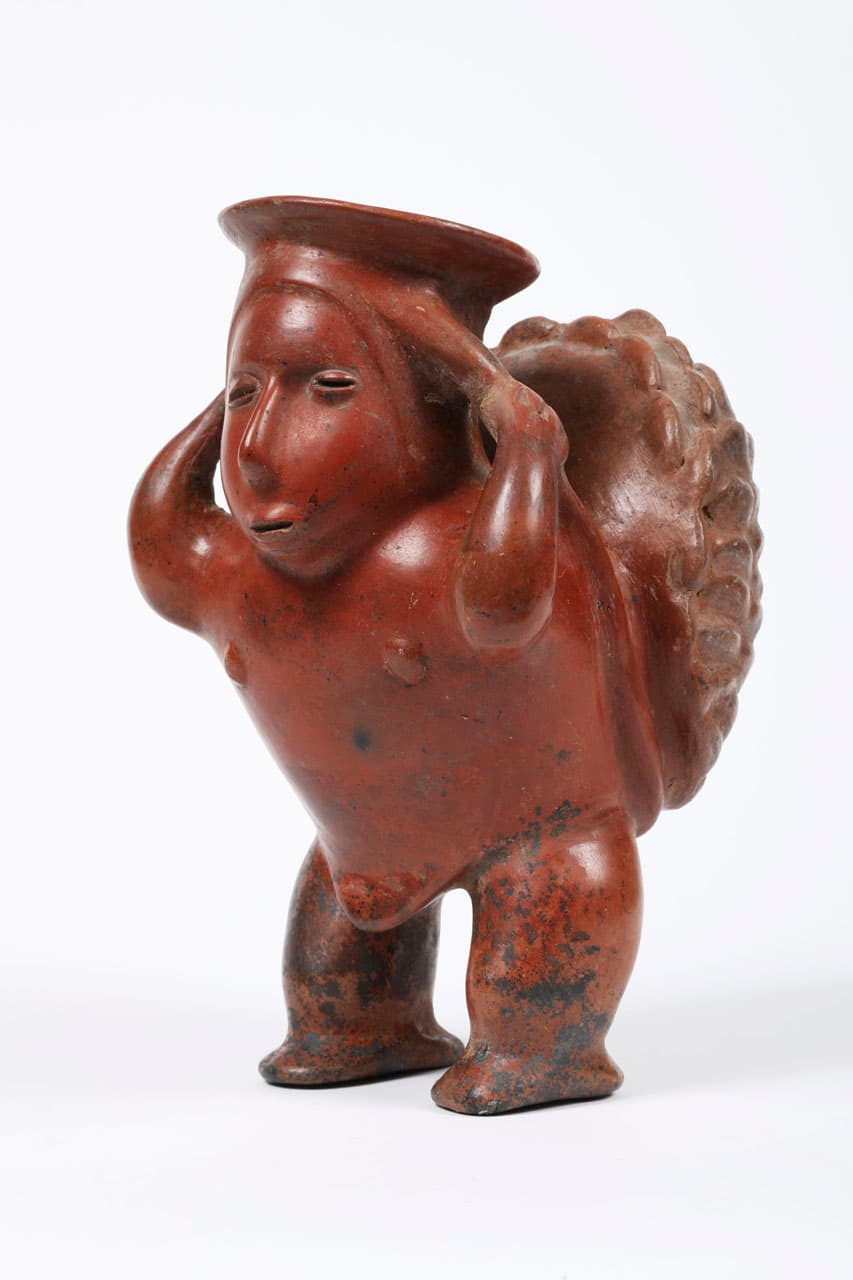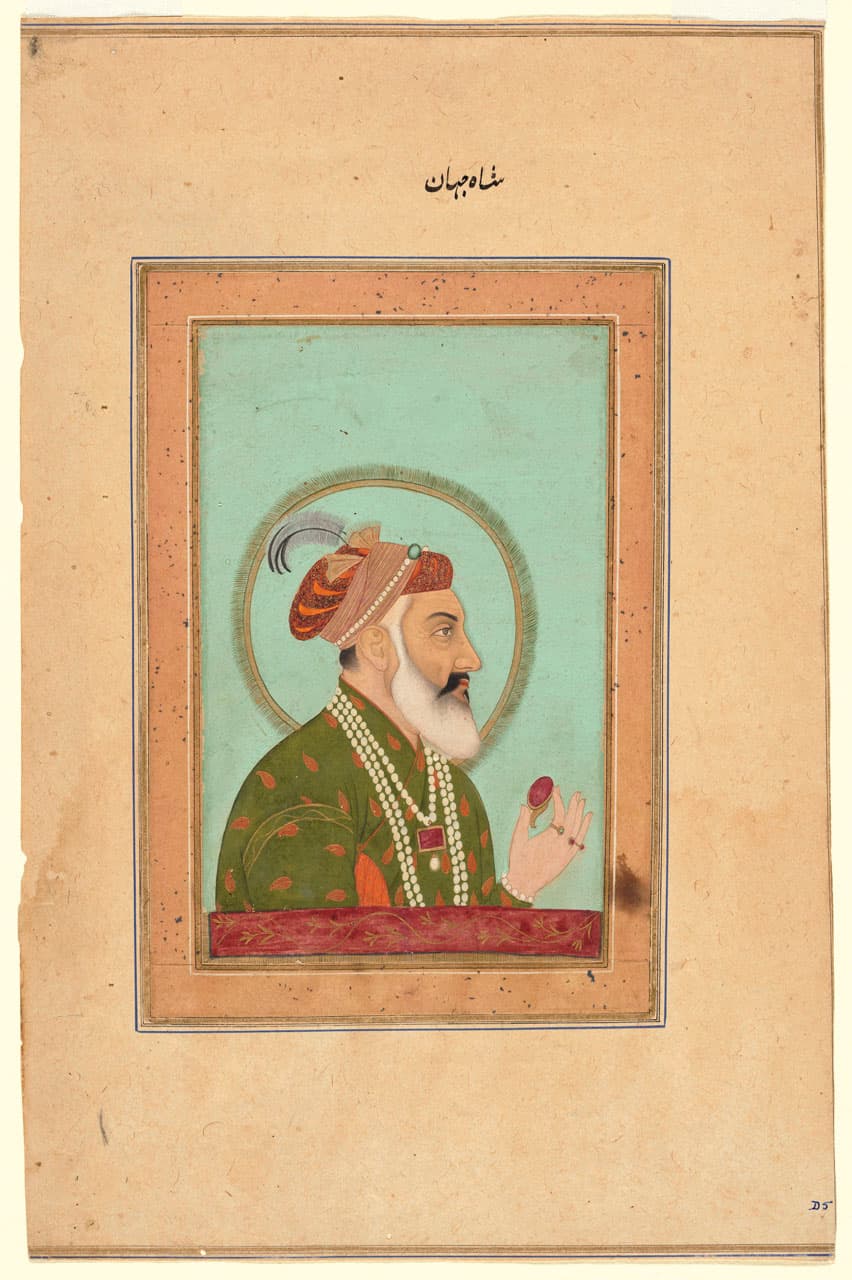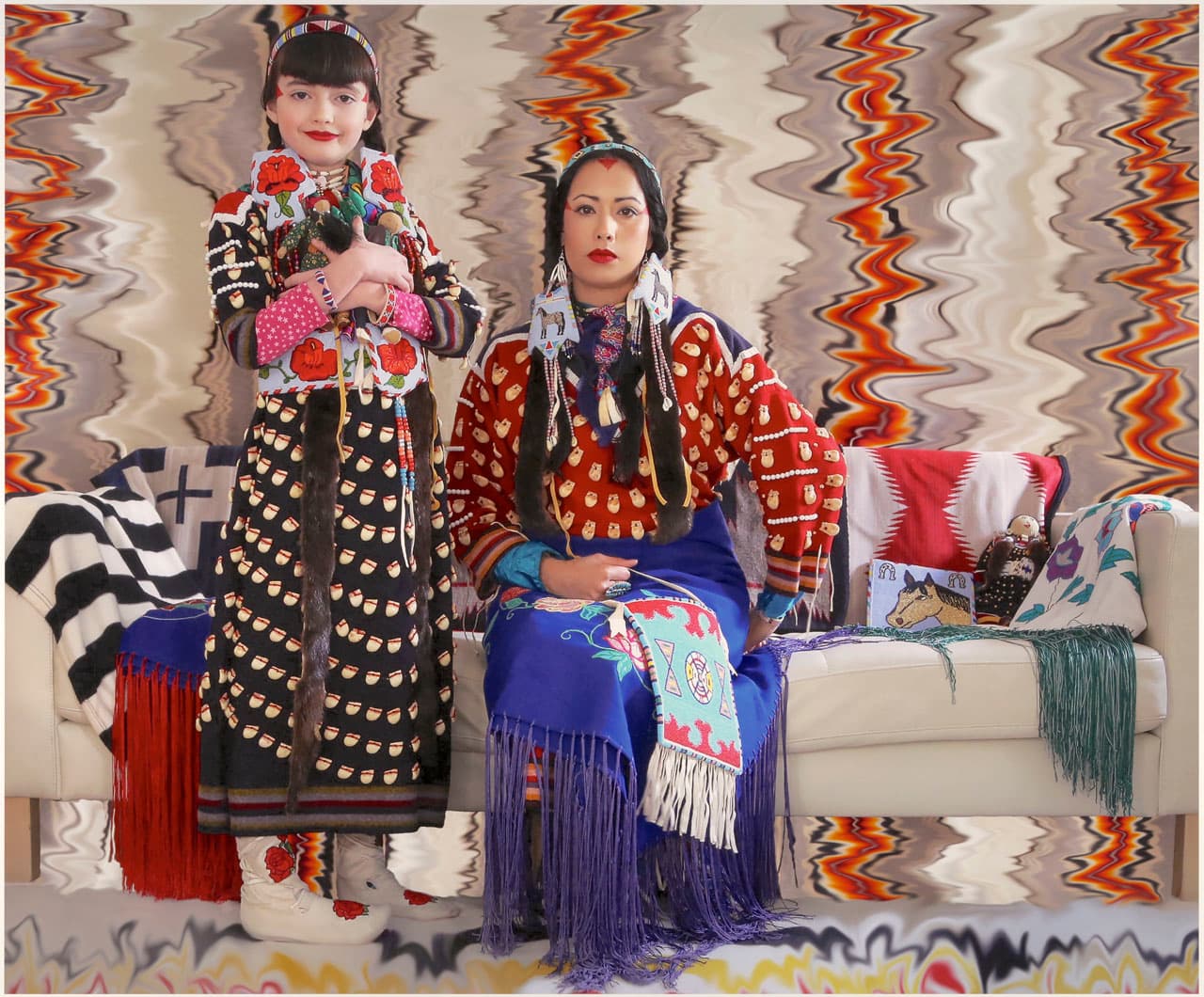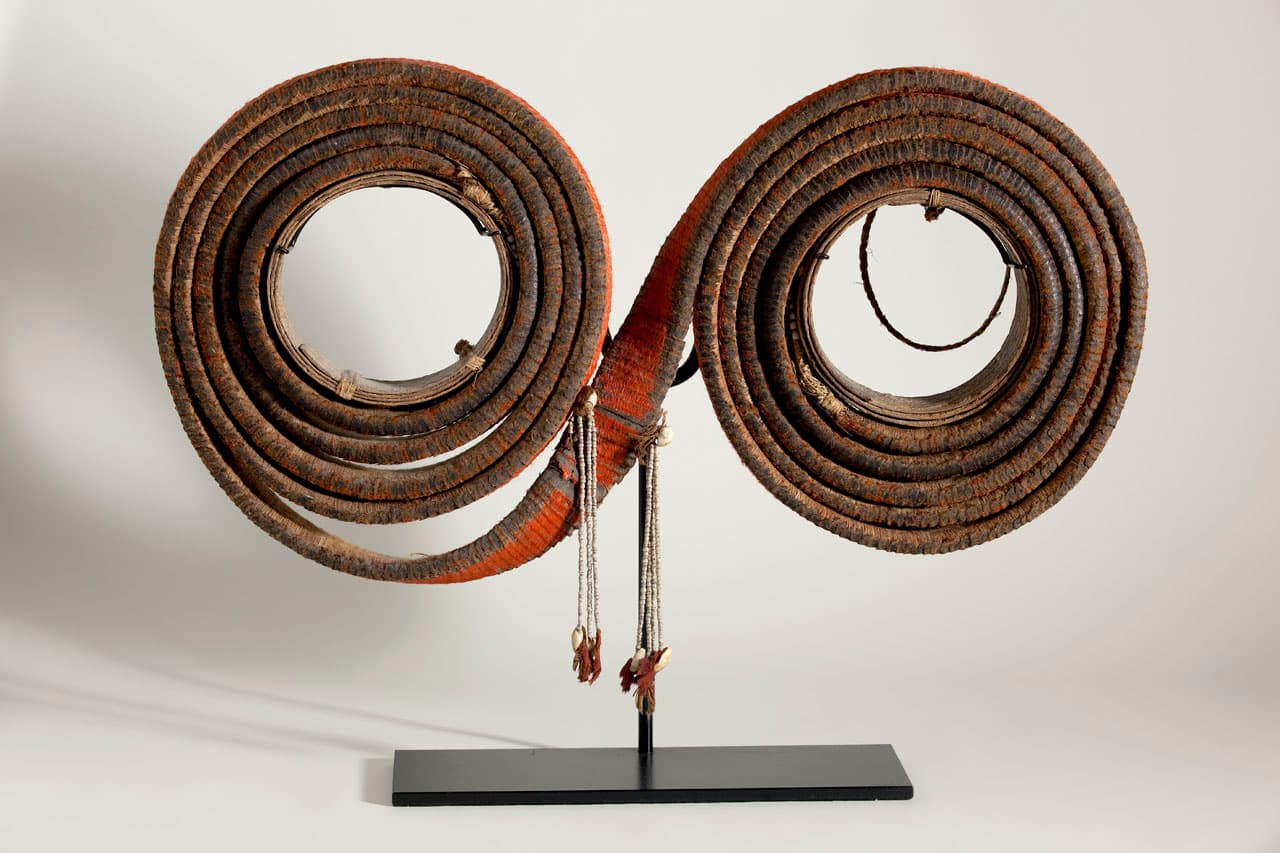Asian Art
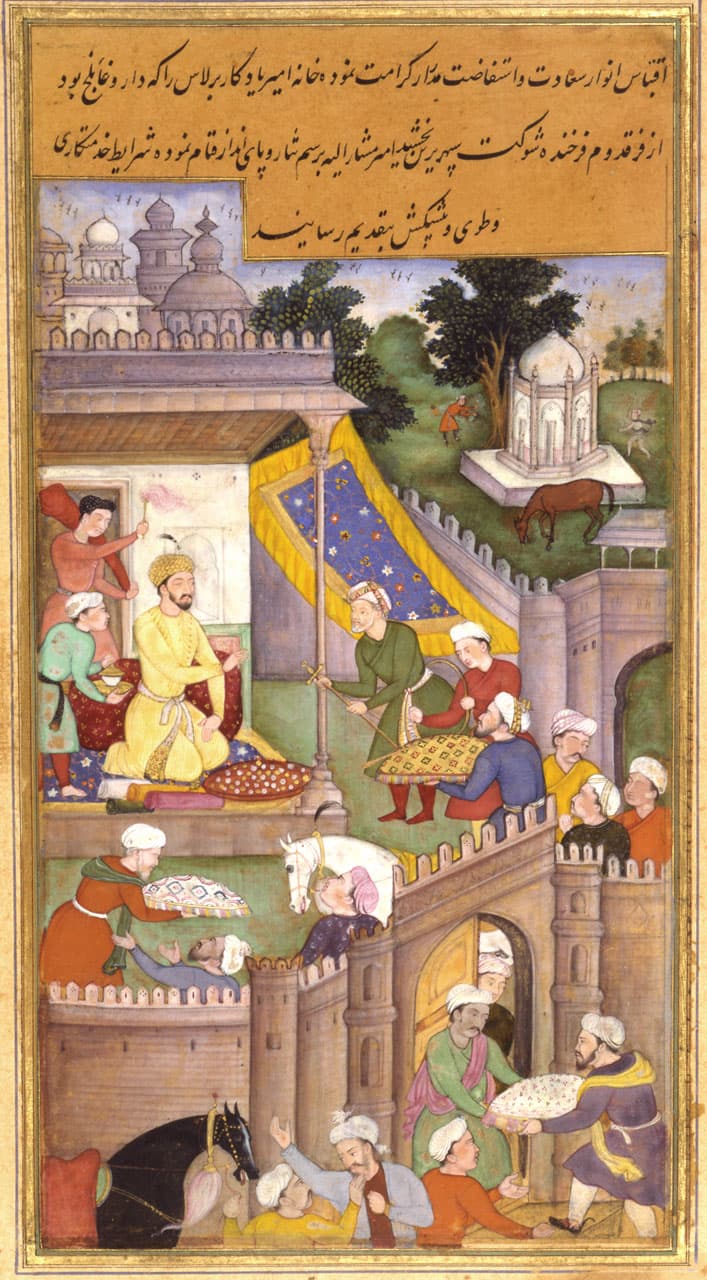
The Crocker’s collection of Asian art includes works from East Asia, Southeast Asia, the Indian subcontinent, and the Himalayas. These objects span thousands of years of artistic production and highlight a wide variety of media, including paintings, textiles, ceramics, sculpture, and metalwork.
About the Asian Art Collection
The Crocker Art Museum’s collection of Asian Art includes works from the Indian subcontinent, the Himalayas, Southeast Asia, and East Asia. These works span over 4,000 years and showcase the great diversity of art created by the peoples of this region.
The William and Edith Cleary Collection of Indian and Persian miniature paintings and drawings form one pillar of the Museum’s Asian collection. Numbering more than 400 works, the Cleary Collection includes works from many regional schools of Indian painting and range from 15th-century Jain illustrated manuscripts to 19th-century drawings. Religious sculpture constitutes another strength of the collection. Representations of Hindu gods and goddesses, Buddhist sages and enlightened beings, and Jain perfected beings serve as objects of devotion for believers. The Hindu and Buddhist religious sculptures and religious implements from India and the Himalayas connect well with their East and Southeast Asian counterparts, many of which were gifted to the Museum from the Doris Duke Charitable Foundation. Buddhist and Hindu sculpture from China, Korea, Japan, Laos, Burma, and Thailand exhibit regional characteristics and reflect how religious practice changed as Buddhism and Hinduism spread east from their birthplace in India.
The Museum’s renowned collection of international ceramics includes outstanding examples of classical wares from China, Korea, and Japan, as well as trade ceramics from Thailand, Vietnam, and China. Funerary ceramics from the Han, Tang, Song, and Ming dynasties (3rd century BCE–1644 CE) are among the major works in the Chinese ceramics collection, which also includes notable examples of porcelain from the Qing dynasty (1644–1911). Green-glazed celadons and blue-and-white vessels from the 12th through the 19th centuries form the bulk of the Korean collection, many of which were gifted by Jennie Crocker Fassett in 1925. The Japanese collection features examples of Satsuma, Imari, and Arita wares for export, as well as tea ceramics by 20th-century Mingei masters Hamada Shoji (1894–1978) and Shimaoka Tatsuzo (1919–2007). Late 20th and early 21st-century Japanese, Chinese, and Korean ceramics bring the collection up to the present day.
19th and 20th-century jade objects and snuff bottles are among the most notable decorative arts in the Chinese collection, and include jade vessels made for the scholar’s table and snuff bottles conveying well wishes of blessings and good fortune. The Museum’s Asian textiles collection comprises formal and everyday dress as well as ceremonial and religious textiles from throughout the Asian continent.
East Asian paintings and woodblock prints round out the Asian collection. Japanese folding screen paintings feature decorative subjects such as famous landscapes and flowers of the seasons. Among the traditional Japanese woodblock prints are works by Utagawa Kunisada (1786–1864) and Utagawa Kuniyoshi (1798–1864), while the 20th century is represented by the prints of Hiroshi Yoshida (1876–1950) and Toshi Yoshida (1911–1995). Paintings of landscapes, animals, plants, and insects by 20th-century masters Xu Beihong (1895–1953), Qi Baishi (1864–1957), and Zhang Daqian (1899–1983) gifted from the Chinese Collection of Sandra and Franklin Yee greatly enhanced the Museum’s holdings of paintings from East Asia.
